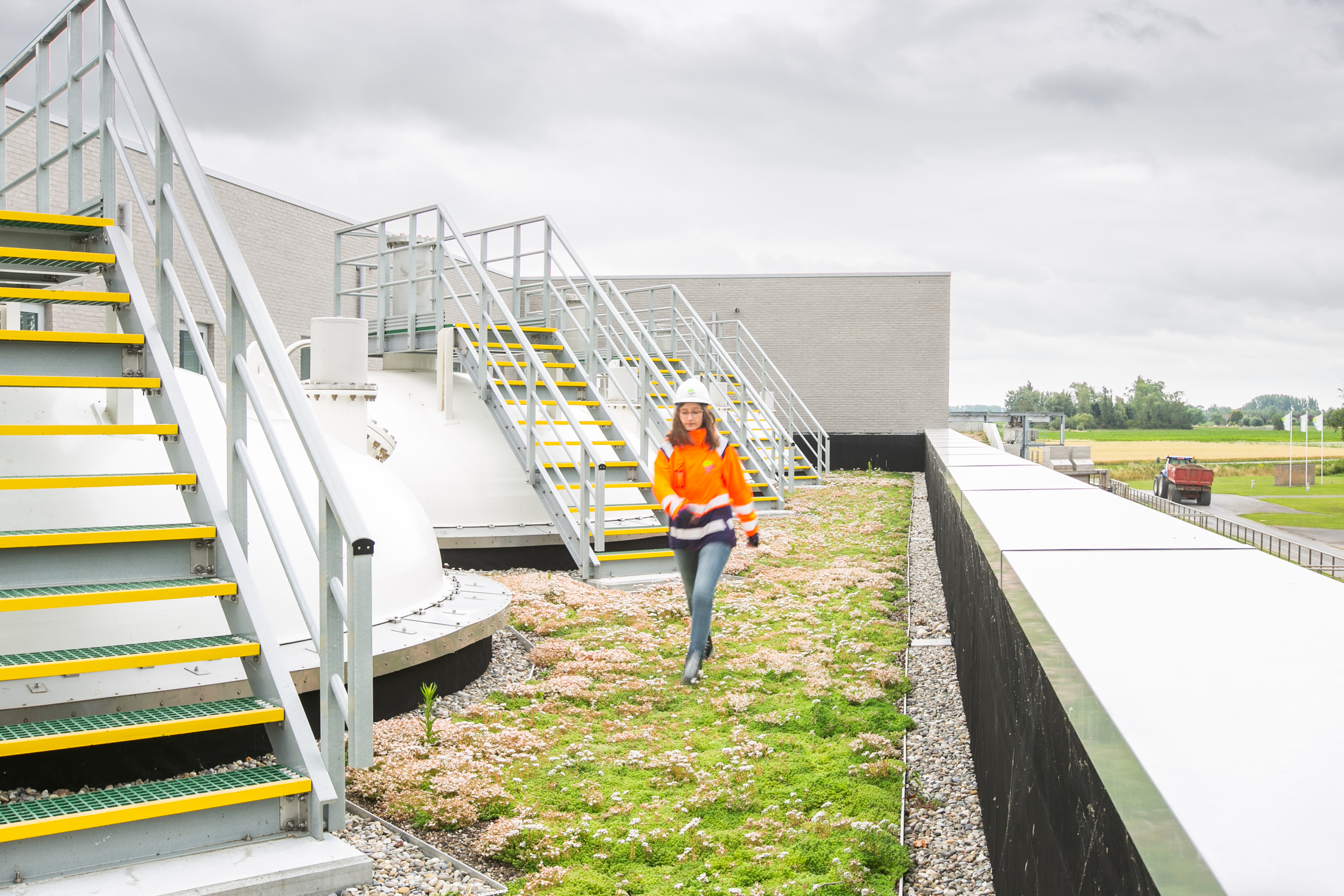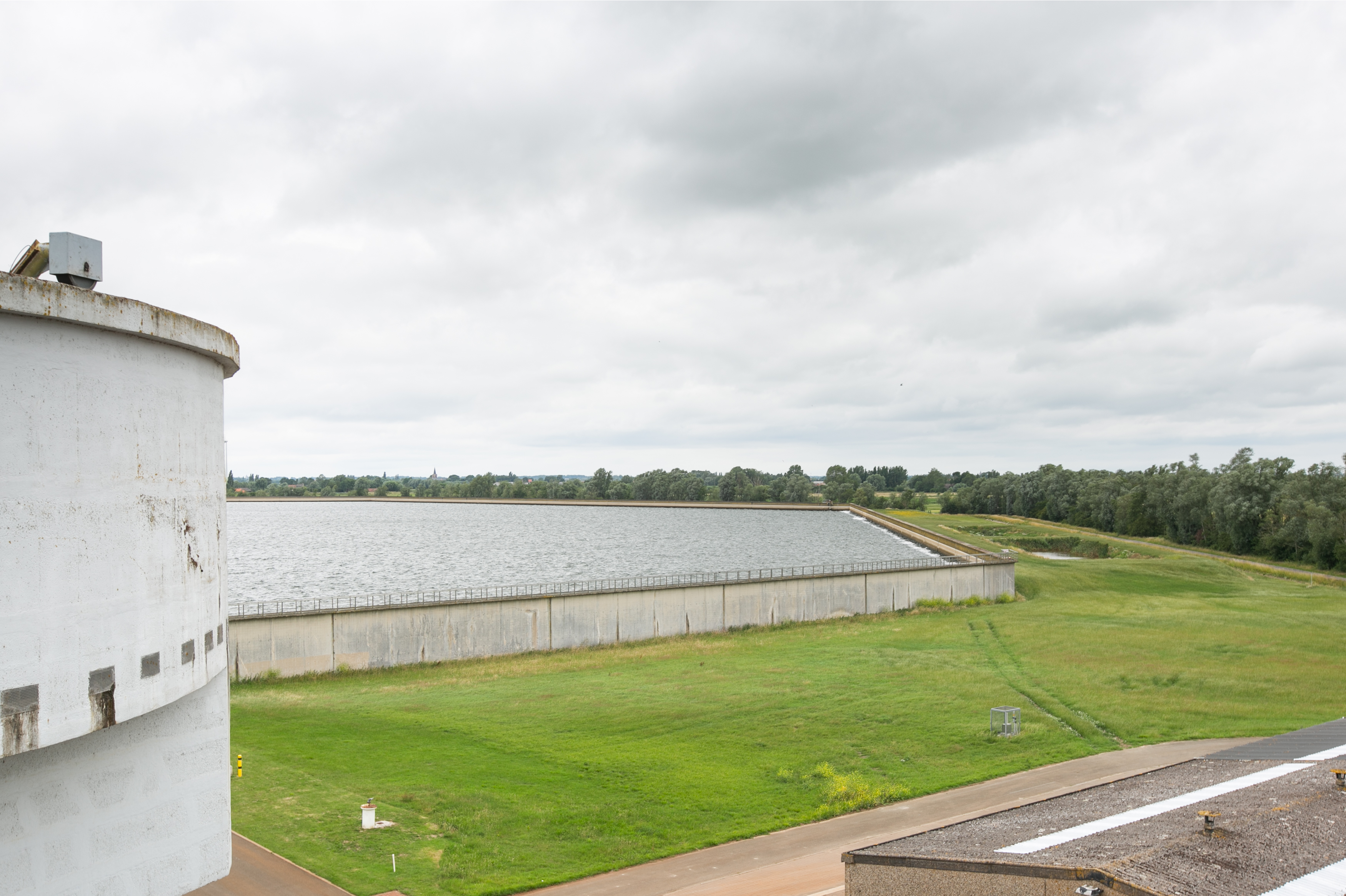De Blankaart
Spectacular renovation for De Blankaart water production centre
The De Blankaart water production centre in Diksmuide provides drinking water to a third of the province of West Flanders. After nearly 50 years in service, the centre was due a complete overhaul.
De Blankaart was constructed in 1972 and is one of De Watergroep’s largest water production centres. As the installation has aged across the decades, more and more defects have become apparent. Its treatment technology is also no longer the most effective and sustainable on the market. As a result, De Watergroep is rolling out a masterplan to renovate the entire water treatment infrastructure at the site by 2025.

2 phases
“The aim of the investments at De Blankaart is to secure water production and water quality for the future”, Head of Asset Management and Process Technology Gisèle Peleman explains. “The renovation will happen in two phases. In 2019, we started the construction of a post-treatment installation. Among other things, we’re installing new active carbon filters, installations to add ozone and hydrogen peroxide, a UV disinfection installation and a final disinfection system using chlorine. The new post-treatment installation will improve the way we treat the water for micropollutants. It is scheduled to be completed by the end of 2020. We also completed a study into a new main treatment installation in 2019. Work on that is due to start in 2021.”
Service centre
Alongside the water treatment installation, De Watergroep is also building a new service centre at De Blankaart. This new structure will house a visitor centre, meeting rooms, offices, a laboratory, technical rooms and facilities for the employees at the site, such as a canteen, bathrooms and changing rooms. If everything goes to plan, the new service centre will be complete by the end of 2020.
